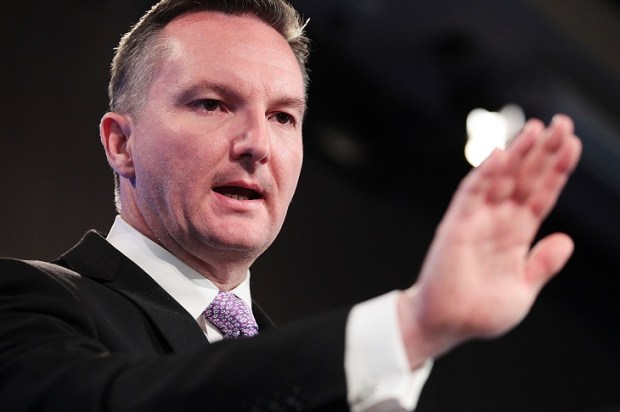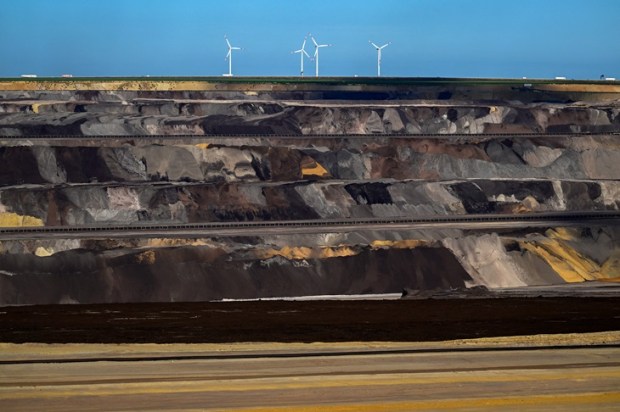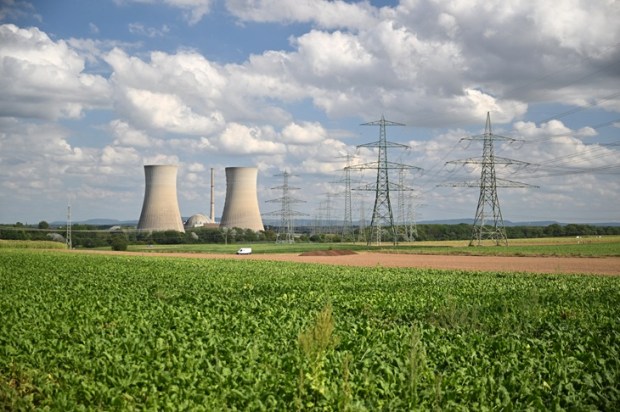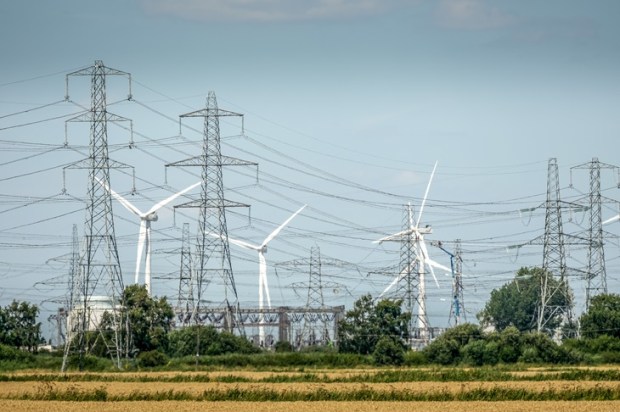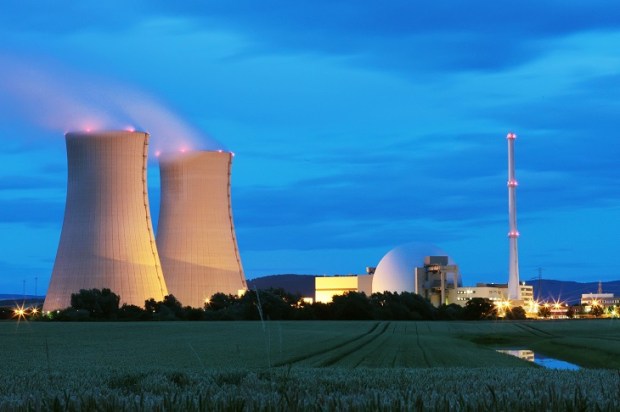To better understand how the internet came into our lives, I recommend reading Michael Hiltzik’s Dealers of Lightning and Weaving the Web by Tim Berners-Lee. I mention this because the internet, through its subsidiary social media, recently made me aware of the concept of an inner monologue and that some people don’t have one. I immediately thought of Federal Energy Minister Chris Bowen.
Whether our Federal Energy Minister really has an inner monologue or not, I don’t know, but if he does, what would it be telling him? My guess is Mr Bowen is hearing that renewables are cheap regardless of the cost. But it’s not Mr Bowen’s monologue, real or imaginary, that should concern us.
In the week leading up to Christmas, two reports were released for public consultation – the CSIRO’s GenCost report and AEMO’s Integrated System Plan (ISP). Both purport to present an enlightened perspective on our electricity system, present and future. Both should be laughed out of existence and the organisations pulled into line, in my opinion.
Always guaranteed to drive the renewables lobby and its political sycophants into a frenzy of adoration and crazed repetition across social media, the reports contain a carefully crafted combination of cherry-picked assumptions and politically-driven scenarios.
Each iteration of the reports’ conclusions are predictably pro-renewables, but the message most copied and pasted by Teals this year is the CSIRO’s findings on the high cost of nuclear power, a technology currently banned in Australia. Why does the CSIRO, while investigating the costs of electricity generation technologies for the Australian market, include nuclear power in its GenCost report? Does any other organisation consider the costs and capability of illegal products for use in Australia?
The question may be asked, why is the CSIRO injecting themselves into the nuclear energy debate? More questions revolve around CSIRO’s coal results.
To understand how GenCost potentially relates to the narrative against coal power, you have to peruse the consultant reports that estimate the capital and operating costs of various power generation technologies.
These consultant reports define the CSIRO’s version of a coal-fired power station. The headlines screaming, CSIRO says new wind and solar cheaper than coal are not referring to the coal-fired power stations currently operating in Australia. Not even close.
Let’s step through how CSIRO approach coal power in GenCost. First, the total build cost for a CSIRO 700 MW coal-fired power station is a touch under $4 billion. This mythical power station is greenfield, with $0.6 billion tied up in the procurement, approval, and development of the site. A CSIRO coal-fired power station then needs 100 km of new rail line to a coal mine, another $0.2 billion.
Before construction has started, CSIRO, in their minds, have spent over $0.8 billion. Retrofit or upgrade of an existing power station is an option not considered by the CSIRO. By excluding these land, development, and rail costs, the equipment and construction reduces to $3.1 billion.
More costs are loaded into the design itself. Using materials and techniques able to achieve higher temperatures and pressures costs more but results in higher efficiency – more electricity generated and less waste created for every tonne of coal burned. This matters when your power station is in Japan and every tonne of coal arrives by ship, but in Australia where most coal-fired power stations are built on top of their own coal mine with a lifetime of fuel reserves, efficiency matters far less and allows the option of much cheaper designs. The CSIRO has chosen the world’s most expensive coal power technology as the example – advanced ultra super-critical – not used in Australia.
These expensive high-pressure and high-temperature designs also require high-quality fuel, equivalent to Australia’s export thermal coal. Most of our local power stations burn lower quality coal that is not exported anyway, and are significantly cheaper to run.
To estimate the higher technology costs loaded into the CSIRO’s assumptions we can compare against a relatively recent super-critical unit – Queensland’s 750 MW Kogan Ck power station. Brought online in 2007 for $1.2 billion, the bill converts to around $1.8 billion today. Even if you unkindly double the original cost to $2.4 billion, the older technology matching the local coal is still $0.7 billion cheaper to build than the CSIRO’s version.
The above discusses capital costs. Operating costs are largely related to fuel, which poses a challenge because the CSIRO does not quantify their fuel assumptions. Instead, they leave us with a ‘low price’ of 4.3 $/GJ, apparently based on the coal price in Japan. By comparison, even AEMO provides fuel costs of just 1.57 $/GJ at Kogan Ck, nearly a third of the CSIRO’s figure.
To recap, the CSIRO’s coal-fired power station would be built on a brand new site, with a new 100 km rail line, using the most expensive coal-burning technology available, costing almost 80 per cent more to build, and 300 per cent more to run than a realistic alternative. This is akin to saying housing is expensive but limiting your search to Darling Harbour.
Australians are rapidly discovering that a grid run by wind and solar is more expensive than a grid run by coal. The GenCost report is an embarrassment for all Australians.
Ben Beattie is an electrical engineer in the power and gas sector


